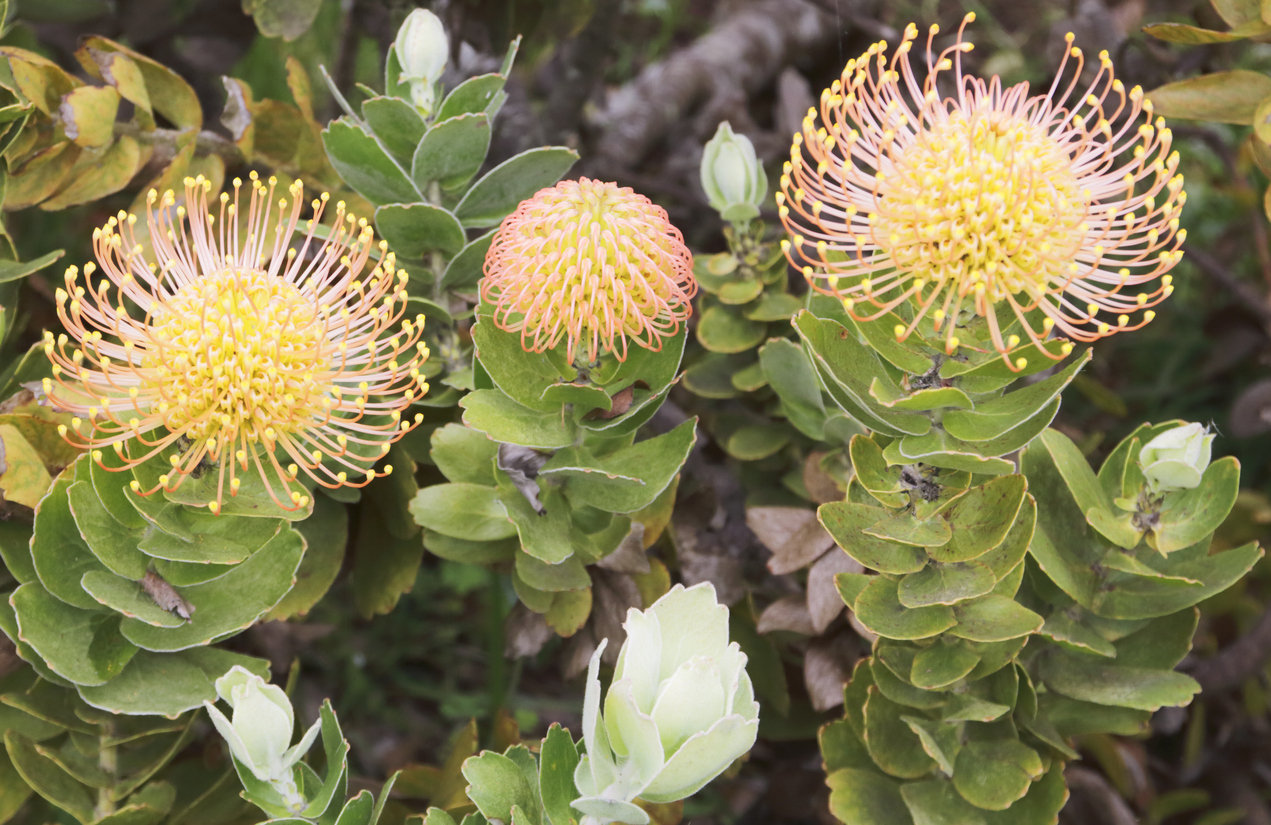Waterwise gardens needn’t be dull and boring. Here’s how to fill your garden with colour and interest without wasting precious water.
According to Chris Tunnicliffe of Julip Landscaping, there are eight basic principles to a waterwise garden. “They’re easy to implement and won’t cost you an arm and a leg,” he notes. Here’s how:
Know your climate region
Do your research and plan carefully: Fill the bulk of your garden with plants that are endemic to your region. South Africa has a diverse landscape and climate, and trees and plants vary greatly among the regions.
Choose waterwise plants: Indigenous plants are a good option, but not all are waterwise. Look for waterwise stickers or ask your local nursery for advice.
Group similar plants together: Every plant species has its own water, soil and nutrition requirements. Some like shade, some sun. Some enjoy having “wet feet”; others prefer dry soil. Split your garden into zones, and group your plants together according to their requirements.
Tip: Start small and grow your waterwise garden over time.
Cut back on lawn: Even an indigenous lawn needs a lot of water to stay lush and green. Downsize your lawn by creating larger flowerbeds or rockeries. If you’re set on large areas of grass, consider installing synthetic turf.
Improve your soil quality: Add compost to ensure that the soil retains available moisture. It also attracts worms and aerates the soil.
Mulch: A lot of water in your garden evaporates, taking nutrients with it. Apply a thick layer of mulch often to ensure a healthy, happy garden.
Provide shelter from the elements: Wind and sun steal water and nutrients from the soil. Plant shady indigenous trees to serve as windbreaks.
Water wisely: Early morning is the best time of day to irrigate your garden, as it gives water a chance to soak into the soil. Remember, different soil types have different needs. Also, set your irrigation timer correctly and stick to your local water-restriction regulations.
Tip: Don’t water your garden on windy days or when temperatures are soaring.
Indigenous: Plants that occur naturally within a large geographic area.
Endemic: Indigenous plants that are found naturally in a specific geographic location. For example, Zantedeschia odorata is indigenous to South Africa, but endemic to the Northern Cape.
With thanks to Julip Landscaping










Leave a Comment